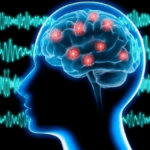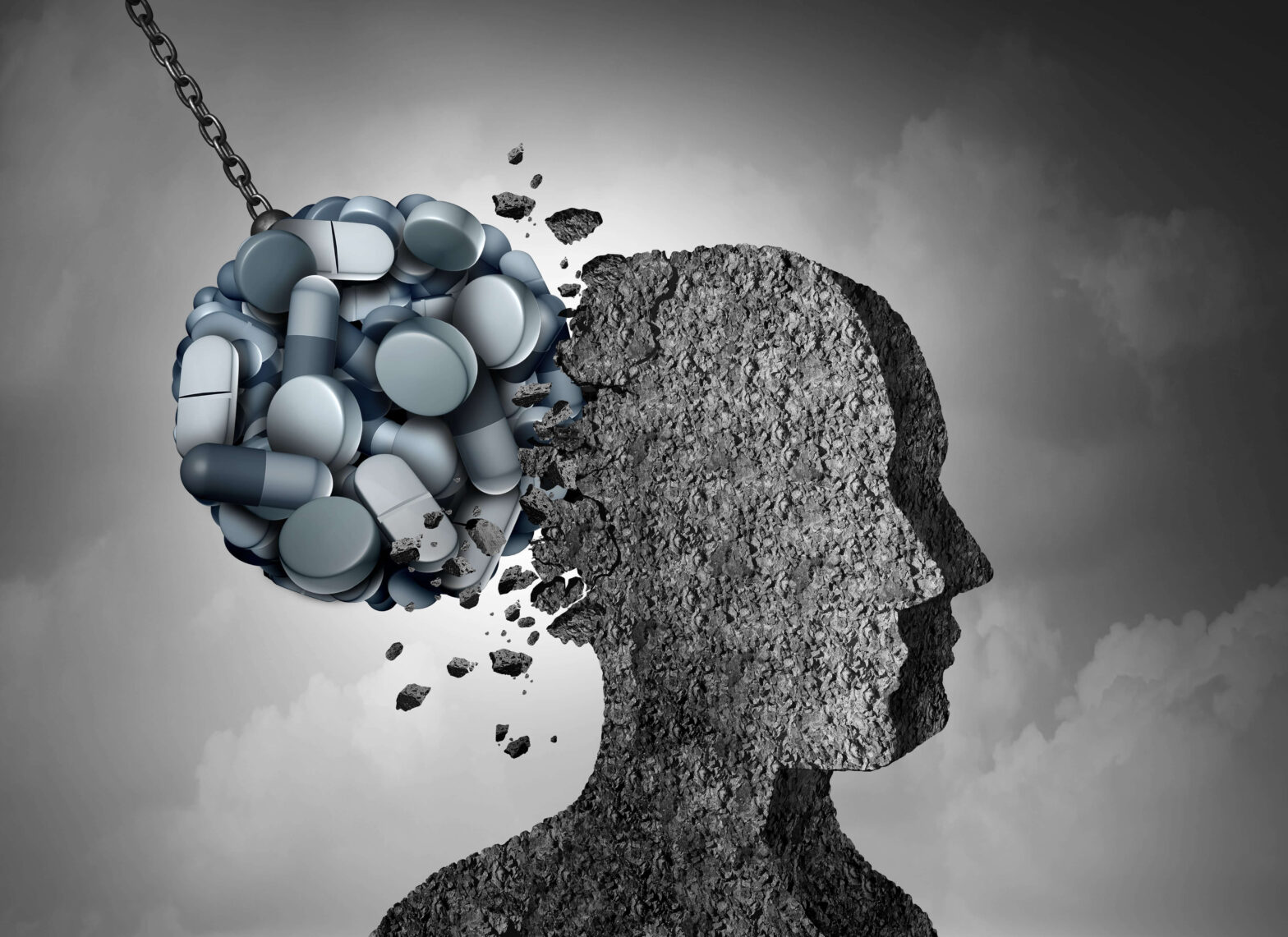Opioid prescriptions today continue to play a role in the addictive crisis even though there are other treatment options to help manage pain.
In the late 1990’s pharmaceutical companies reassured the healthcare community that patients would not become addicted to opioid pain relievers. Healthcare professionals began to prescribe them which later led to widespread misuse and later proved to be addictive.
According to Centers for Disease Control and Prevention (CDC) since 2012 the overall prescribing rate of opioids is down suggesting that healthcare professionals are being more cautious and finding safer, non-invasive, non-prescription options to manage chronic pain instead of the use of opioids.
In 2019, Health and Human Services (HHS) reported 9.7 million people misused prescription pain relievers. Opioids (OxyContin, Percocet, Palladone, and Vicodin to name a few) make the brain and body believe the drug is necessary to help relieve pain. Opioids work by binding to proteins called opioid receptors on nerve cells in the brain, spinal cord, and other organs of the body causing a variety of healthcare concerns. Opioids trigger the release of endorphins that can cause the need for a higher dosage. As the brain and body learns to need the dose, the demand for even more medication is necessary sometimes resulting in potential addiction. The long-term use of opioids to manage pain can lead to the development of hyperalgesia a form of deep pain that affects organs and structures inside the body. Hyperalgesia causes the nervous system to overreact and change the way it manages excruciating pain. Opioidincluded hyperalgesia (OIH) happens when the pain killer is taken over an extended period. OIH changes how the body manages pain, making the pain even more excruciating which in turn requires more drugs. This endless cycle of increased prescriptive drugs only tends to mask over the pain. Finding the root cause of the pain can be very challenging with the tendency to over-prescribe pain medication. By reducing or eliminating the medication, a patient can improve their pain management which gives doctors a better understanding of the pain they are experiencing and the level of discomfort they feel. Adding a nonmedication treatment to the patient’s care protocol can help to improve their pain management, resulting in lower dose or even reducing the need for the drug completely.
demand for even more medication is necessary sometimes resulting in potential addiction. The long-term use of opioids to manage pain can lead to the development of hyperalgesia a form of deep pain that affects organs and structures inside the body. Hyperalgesia causes the nervous system to overreact and change the way it manages excruciating pain. Opioidincluded hyperalgesia (OIH) happens when the pain killer is taken over an extended period. OIH changes how the body manages pain, making the pain even more excruciating which in turn requires more drugs. This endless cycle of increased prescriptive drugs only tends to mask over the pain. Finding the root cause of the pain can be very challenging with the tendency to over-prescribe pain medication. By reducing or eliminating the medication, a patient can improve their pain management which gives doctors a better understanding of the pain they are experiencing and the level of discomfort they feel. Adding a nonmedication treatment to the patient’s care protocol can help to improve their pain management, resulting in lower dose or even reducing the need for the drug completely.
National Institute on Drug Abuse, a department of National Institute of Health (nida.nih.gov) reported in 2017 – 2019 an increase in overdoses and deaths caused by opioid usage which rose by almost 100% and continues to go up substantially each year. Many of the overdoses and deaths are attributed to addictive behaviors; however, usage in any form alters the brain’s neurotransmitter, its reward system, triggering a stronger need for drugs whether they are prescribed or obtained illegally.
RST-SANEXAS neoGEN®- Series – #1 in Pain Management and Circulation
We are mindful that opioid prescriptions to help manage pain may be necessary after a surgery or trauma, but we also are mindful that an alternative, non pharmacological, non-invasive clinical treatment to reduce painful conditions exists. RST-SANEXAS neoGEN®-Series is an innovative, advanced FDA cleared device that utilizes Electric cell-Signaling Technology (EcST), transforming the treatment of pain by using quantum-based, resonant specific technology providing targeted Electric cell-Signaling energy waves delivered to the source of the pain in a non-pharmaceutical, fast, effective, and safe treatment option for pain management. These complex energy waves along with associated harmonic and resonance frequencies imitate, facilitate, exhaust, and block certain functions of the amacrine, somatic, or sympathetic nerve fibers. The device produces vibratory oscillations at the cellular level helping to relieve pain and to stimulate the recovery process. Patient-centered outcomes such as pain relief and improved quality of life have been shown to produce favorable results in patients that have undergone a sustained treatment protocol using RST-SANEXAS neoGEN® medical device to help manage their pain. The device’s 20 programs provide different electric signal variations that can create different physiological and therapeutic effects to manage pain as well as improve circulatory conditions. The neoGEN® device also offers specific parameters signaling neuromuscular reeducation, muscle strengthening, circulatory improvement, and relaxation of muscle spasms. RST-SANEXAS neoGEN® involves physical science and not pharmaceutical type medicine. It is far more natural to the human body and produces significant patient outcomes with increased benefits to a patient’s recovery process.
Read the testimonial from Robert H. Odell MD., PhD. regarding a patient who he treated at his clinic, Neuropathy and Pain Centers of Las Vegas, NV.
“One diabetic patient suffered pain associated with peripheral neuropathy, but her pain got worse when she was bitten on her foot by a recluse spider. After almost giving up on her life, she saw one of my TV commercials and decided she had nothing to lose and called the next morning for an appointment. She was taking a substantial amount of opioids, enough for a 300 pound male, but she was a small, young woman. Her RST-SANEXAS neoGEN® treatments were done twice a week for 4 months. She improved, stopped taking her medications, and returned to the active lifestyle she enjoyed. Her hobbies included water skiing, hiking, and she returned to a rescue organization that she volunteered with. She told me, “I am enjoying my life again! Opioid free. Something I never thought would happen! I am me again, doing the things I love.”
Over the past decade, published medical reports and studies from CDC and other medical journals have warned about the long-term effects opiates have on the body and prescribing the drugs have not reduced pain but instead worsen a patient’s dependency on the drugs. They suggest using alternative, non-pharmacological treatment options that help reduce or eliminate the use of opioids to manage a patient suffering from acute or chronic (intractable) pain. The RSTSANEXAS neoGEN®-Series Electric cell-Signaling Technology (EcST) is a revolutionary concept using a physics-based medical approach rather than pharmacology to treat patients suffering with painful conditions in a safe and effective way. This treatment option can be the cornerstone of your practice and improve your patient’s outcomes. Many doctors in private practices, clinics, and hospitals are finding great success in offering RST-SANEXAS neoGEN® treatments as an option to help relieve their patients of pain and disability without devasting side effects caused by drugs. Increase the scope of your practice by implementing RST-SANEXAS neoGEN® Electric cell-Signaling Treatments in your practice today.
Your patients will thank you.
RST-SANEXAS neoGEN®-Series is available by contacting RST-SANEXAS today at 702-315-2999 or 866-SANEXAS (866-726-3927). To find out more information regarding the RST-SANEXAS neoGEN®-Series and it’s technology, go to www.rstsanexas.com/science or www.rstsanexas.com/neogen .


